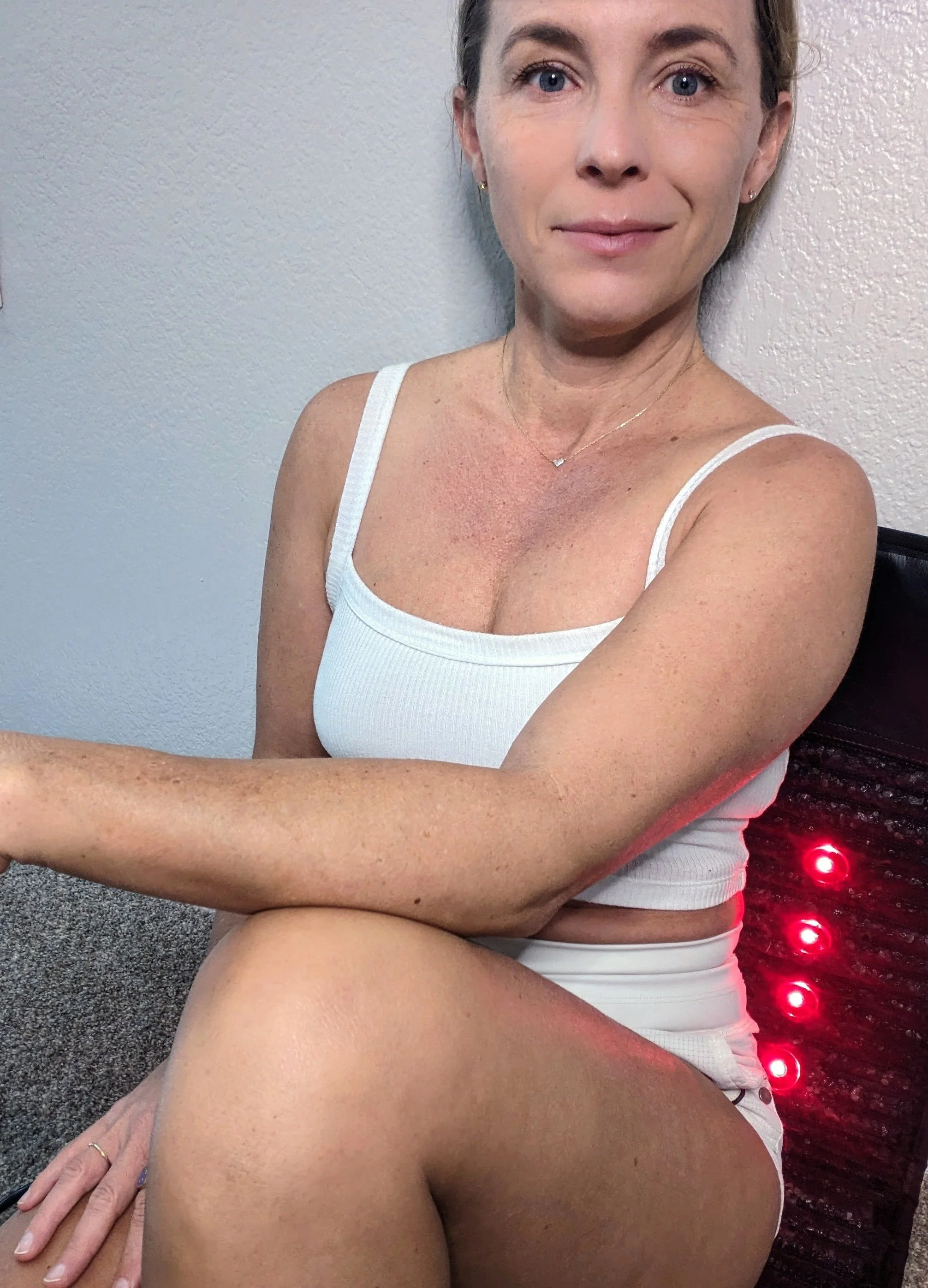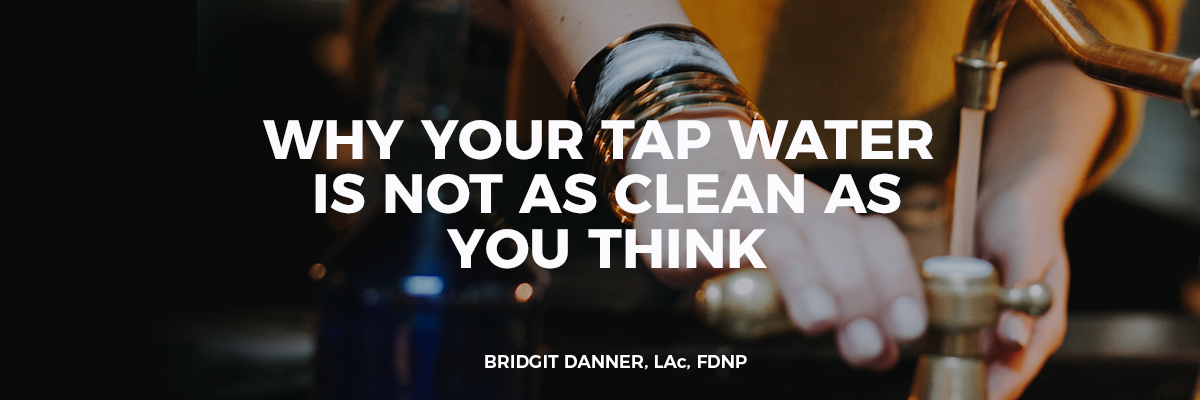Do you know that incredible feeling you get when you tilt your head back, close your eyes, and just let the sunlight warm you for a few minutes? For centuries, researchers all over the world have studied the healing benefits of light.
In 1903, Niels Finsen earned the Nobel Prize in Medicine for his discovery of phototherapy. Also known as light therapy, phototherapy involves exposure to daylight or another form of light as a treatment for a wide range of ailments, from seasonal affective disorder to skin conditions. (1)
Light therapy uses light at different frequencies and intensities. For example, ultraviolet (UV) light is used to increase vitamin D levels and manage autoimmune and some allergic skin conditions.
White, blue, or blue-green light helps manage newborn jaundice. Bright blue or white light therapy helps treat seasonal affective disorders, sleep disorders, and jet lag. Red light and near-infrared light are used to reduce inflammation, improve blood flow, heal wounds, and rebuild cells.
It is these last two forms of light detox therapies – red light and near-infrared light – that I'll be focusing on with this article.
What Is Red Light Detox Therapy?
Red light therapy -- also called low-level laser therapy and low-power laser therapy -- involves exposure to low levels of red light that you can see.
Unlike the light used in tanning booths or the rays from the sun itself, red light therapy does not expose you to damaging UV rays. Instead, it directs very low levels of heat to your skin by way of a lamp, device, or laser with a red light.
A study published in Seminars in Cutaneous Medicine and Surgery found that the body's mitochondria, known as the "power generators" of your cells, can absorb these light particles and then use them to create more energy. Researchers think this extra energy can help repair and rebuild damaged cells and encourage healing in your skin and muscle tissue. (2)
Research on red light detox therapy is ongoing, but current studies indicate that it may offer the following benefits:
Relief from insomnia
Ease pain of temporomandibular dysfunction syndrome (TMD)
Smooth skin and reduce wrinkles
Repair hair loss in people with androgenetic alopecia
Relieve pain and inflammation related to osteoarthritis
Reduce pain and inflammation of tendinitis
Promote wound healing and tissue repair
Help treat carpal tunnel syndrome
Improve wounds that are slow to heal (such as diabetic foot ulcers)
Reduce psoriasis lesions
Provide short-term relief of pain and stiffness from rheumatoid arthritis
Reduce some side effects of cancer treatments (such as oral mucositis)
Prevent recurring cold sores from herpes simplex virus
Improve joints in cases of degenerative osteoarthritis of the knee
Diminish scars (3)
What Is Near-Infrared Light Detox Therapy?
Near-infrared light therapy involves exposure to light that we cannot see. In other words, the infrared spectrum is invisible light that is composed of frequencies below those of the red light. We can only feel its gentle radiant heat.
The infrared light spectrum runs 700 nm to 0.1 mm on the electromagnetic scale, and those wavelengths are classified as near-, mid-, and far-infrared spectrum. The longer the light's wavelength, the lower its frequency, and the further it can penetrate bodily tissues.
Near Infrared is the least penetrating. This means it’s best for skin care, scars and muscle pain.
With wavelengths in the 700 – 1400 nm range, near-infrared light generates the most heat. Research has indicated that the 760 – 895 nm range of light stimulates the mitochondria, thereby increasing metabolism, repairing, and reducing inflammation. (4) (5)
Here are some of the other possible benefits of near-infrared light therapy, according to ongoing research studies:
Improves heart and blood vessel function
Increases production of the hormone endorphin, which helps reduce stress, anxiety, and pain levels
Boosts immune function
Enhances sleep quality
Helps detoxify the body through perspiration (6)
What's the Primary Difference Between the Two Therapies?
Scientists are still working to understand the how's and why's of light detox treatments. But, as you can see, both red light and near-infrared light have amazing benefits.
Remember, the main difference between the two is that red light detox therapy is in the visible part of the light spectrum (between 630-700 nm) and is used to treat the surface of the skin. On the other hand, near-infrared wavelengths are in the invisible part of the light spectrum (between 700 and 1200 nm) and are more penetrating.
So, the type of therapy you need depends upon the condition you have.
How You Can Begin Light Detox Therapy
I own a solo system sauna by sunlighten.com. These saunas offer deep infrared penetration that can help increase blood flow and sweat. Sweating is the body's natural way to eliminate toxins and heal inflammation.
Sunlighten infrared saunas also help relieve aches and pain from fibromyalgia, autoimmune conditions, and rheumatoid arthritis.
If you're looking to take a smaller step into the benefits of light detox therapy, an excellent place to start is with the Luminir Wand. This incredible hand-held device allows you to target specific areas of your body with healing near-infrared light and red light. You will be able to promote cellular health, wound healing, and tissue growth.
I hope you'll explore these promising non-invasive treatments that can help reduce inflammation, improve blood flow, and enhance your overall well-being.
I also now have a red light mat by Therasage and I love it. Beyond red light, it has heat, PEMF, e-stim and more. I have the smaller mat and it’s very affordable for all it does.
Bridgit Danner, LAc, FDNP, is trained in functional health coaching and has worked with thousands of clients over her career since 2004. She is the founder of FunctionalDetoxProducts.com and the author of The Ultimate Toxic Mold Recovery Guide.
Check out her easy 5-Day DIY Detox Guide here!














I was introduced to CoQ10 as an supplement about 4 years ago. At the time, I was in the middle of detoxing from mold, and I had already spent a lot of money on trying to heal. I was skeptical to try yet another thing, but the truth was that I was only about 50% better, which is not enough at all. So I tried it…